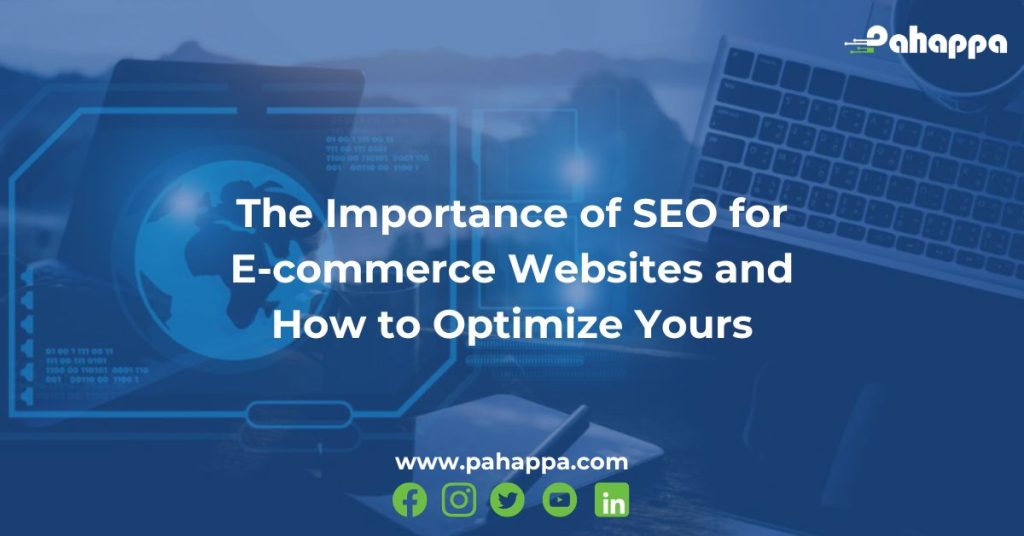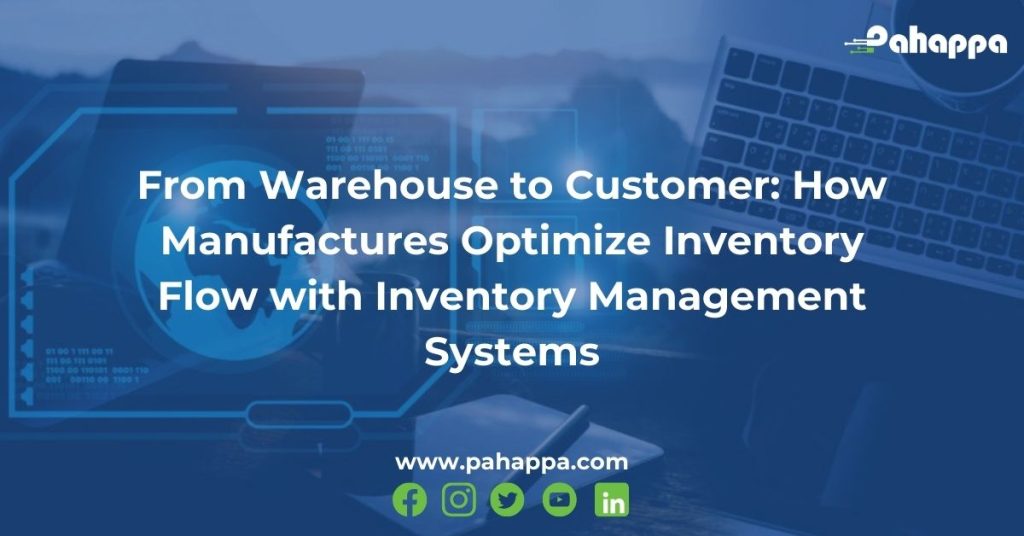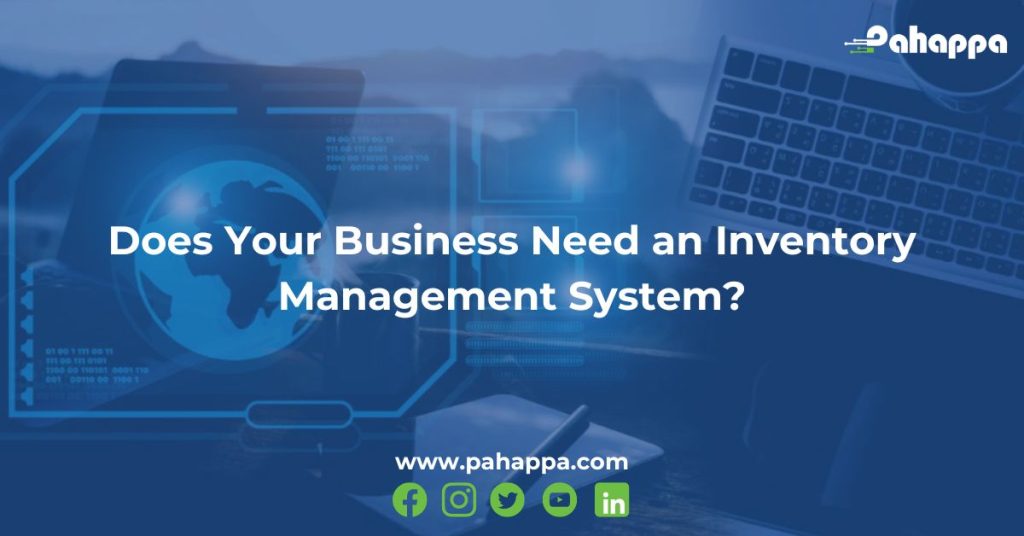
A Human Resource Management System is a software solution designed to automate various HR processes and tasks within an organization. It serves as a centralized platform for managing employee data, tracking performance, administering benefits, and facilitating communication between HR professionals, managers, and employees. It is a software tool organizations use to manage and control employee tasks. This tool however is shared by employees and management alike. By doing this employees stay engaged in work activities through participating in tasks like KPI and performance reviews.
Implementing a Human Resource Management System (HRMS), therefore, can significantly enhance employee engagement if utilized effectively. Here are some strategies to achieve that:
By implementing these strategies and leveraging the capabilities of a Human Resource Management System effectively, organizations can create a culture of engagement where employees feel valued, supported, and motivated to contribute their best. If you are looking for a way to enhance your employee engagement, an HRMS is a good way to start. Visit us here to get more information.

A custom website is a website that is built from scratch and tailored to meet the specific needs and preferences of a particular individual, organization, or business. Custom website development consists of the use of programming languages of content management systems to create a website unique to the brand. Unlike template-based websites, which use pre-designed layouts and structures, custom websites are designed and developed with unique features, functionalities, and aesthetics customized to reflect the brand’s identity and serve its unique goals and requirements. So simply put, it is a website built to reflect you and how you want to appear to your audience.
To build a successful custom website, you need to know your brand.
Before delving into the role of custom websites, it’s essential to understand what constitutes a brand identity. Simply put, a brand identity is the visual and verbal elements that distinguish a brand from its competitors. It is what evokes specific emotions and perceptions among consumers. It encompasses everything from the logo, color palette, and typography to the brand’s voice, messaging, and values. A strong brand identity not only builds recognition but also fosters trust, loyalty, and credibility among consumers. Take, for example, words like Coke or Mobile Money. These words are associated with an emotion that is associated with a brand. A successful business does everything it can to create a name that when a consumer thinks about that make, they think about their brand.
Custom websites offer businesses the opportunity to create a digital platform that reflects their brand essence. Unlike generic templates that lack personality and differentiation, custom websites enable businesses to showcase their unique identity into every aspect of the design. With a custom website, you can be able tow your audience who you really are what you offer. From the layout and imagery to the color scheme and typography, every element can be meticulously crafted to resonate with the brand’s personality and values. This cohesive visual identity helps reinforce brand recall and leaves a memorable impression on visitors.
Consistency is key to building a strong brand identity across all touchpoints with the consumer, both online and offline. A custom website ensures alignment with other branding materials you may have, such as business cards, packaging, and social media profiles, creating a great brand experience for consumers. By maintaining consistency in design, messaging, and tone of voice, businesses can reinforce their brand identity and build trust and credibility with their audience. So just as you have a the designs on your offline and online material, you should have the same with your website. Remember, a website is your virtual office.
Beyond aesthetics, custom websites allow businesses to tailor the user experience to align with their brand objectives and values. Whether it’s through intuitive navigation, interactive features, or personalized content, businesses can create a journey that resonates with their target audience. You need to understand your audience’s need and reflect that in you website. By understanding their audience’s needs and preferences, you can personalize your website to deliver a memorable and engaging experience that fosters brand engagement and loyalty.
Differentiation is crucial for standing out from the competition and capturing consumers’ attention. Custom websites provide businesses with a unique way to showcase their personality, creativity, and innovation. By creating a visually stunning and user-friendly website that reflects your brand identity, you can differentiate yourself from competitors and establish a distinctive presence in the digital landscape. This differentiation not only enhances brand recognition but also fosters a sense of loyalty among consumers.
Custom websites play a big role in building a unique brand identity in today’s digital age. By offering following the above recommendations, custom websites can help your brand to create a memorable and engaging online presence that resonates with their target audience. Investing in a custom website is not just about creating a digital storefront. It’s about crafting an immersive brand experience that leaves a lasting impression and fosters meaningful connections with consumers. To begin your digital storefront with a custom website, click here.

Today, where competition is fierce and online visibility is paramount, the significance of Search Engine Optimization (SEO) cannot be overstated, especially for e-commerce websites. With millions of products seeking attention, ensuring that your online store stands out from the crowd is crucial for driving traffic, increasing conversions, and ultimately, boosting revenue. And making sure that your website is optimized to appear relevant in every search engine keeps your store at an advantage.
SEO is the backbone of any successful e-commerce strategy. It involves optimizing your website and content to rank higher in search engine results pages (SERPs). This is so that relevant keywords and phrases that potential customers use can find products like yours. By improving your website’s visibility and organic search traffic, SEO helps you reach a larger audience and attract qualified leads actively seeking what you offer.
Ranking higher in search results means more exposure for your products and brand. Studies show that the majority of clicks go to the top results on the first page of Google, making it essential to appear prominently for relevant search queries.
Websites that appear at the top of search results are often perceived as more trustworthy and authoritative by users. By optimizing your site for SEO, you can build credibility and establish your brand as a leader in your industry.
Unlike traditional advertising methods, SEO targets users who are actively looking for products or information related to your business. This means that the traffic you receive from organic search is highly relevant and more likely to convert into sales. So as ;omg as you use the right keywords, you can get the right customers.
While paid advertising can drive immediate results, it requires ongoing investment and may not be sustainable in the long term. SEO, on the other hand, offers a cost-effective way to attract organic traffic to your site, providing long-term benefits and a higher return on investment (ROI) over time. For the most part this is better because you want to make sure that the traffic pulled to your website is organic.
Start by identifying relevant keywords and phrases that your target audience is likely to search for. Use tools like Google Keyword Planner or SEMrush to discover high-volume keywords with moderate to low competition.
Optimize your product pages, category pages, and blog posts with targeted keywords in strategic locations such as titles, headings, meta descriptions, and product descriptions. Ensure that your content is well-written, informative, and tailored to the needs of your audience.
Create a user-friendly site structure with clear navigation paths that make it easy for visitors to find what they’re looking for. Use descriptive URLs, organize products into categories and subcategories, and implement breadcrumb navigation to improve user experience and search engine crawlability. Also make sure yo can use a friendly design with high quality images.
With an increasing number of users accessing the internet on mobile devices, it’s essential to ensure that your e-commerce website is mobile-friendly. Optimize your site for mobile devices by using responsive design, optimizing page speed, and providing a seamless shopping experience across all devices.
Invest in creating high-quality content that provides value to your audience and encourages engagement and sharing. This can include product reviews, buying guides, blog posts, and informative articles related to your industry. Additionally, focus on building backlinks from reputable websites in your niche to improve your site’s authority and credibility in the eyes of search engines.
Regularly monitor your website’s performance using tools like Google Analytics and Google Search Console. Track key metrics such as organic traffic, keyword rankings, conversion rates, and bounce rates to identify areas for improvement and adjust your SEO strategy accordingly.
In conclusion, with the increasing number of online shopping, SEO is one of the best ways to drive traffic to your website. In order to be successful with this it is important to know your goal. What are you trying to achieve with an SEO plan? What kind of clients are you trying to attract? Analyze the keywords your ideal customer is most likely to use. And with this you will be on your way to getting the most out of your SEO plan. If you would like to know more about how we optimize our websites, click here to watch the video.

Inventory management systems play a critical role in optimizing the flow of inventory from warehouses to customers for manufacturers. Without IMS tools, companies would find it hard to know what to restock and when. Demand forecasting on products would also be an issue.
These systems utilize technology to efficiently track, manage, and control inventory levels throughout the supply chain. So if you are a manufacturer, it is easy to track and monitor your inventory flow and even predict how much you should restock in the future.
Here’s how you, a manufacturer, can use an inventory management system to optimize inventory flow:
Inventory management systems play a crucial role in optimizing the flow of inventory from warehouses to customers for manufacturers. Through technology, automation, and data-driven insights, manufacturers can minimize stockouts, reduce carrying costs, improve warehouse efficiency, and enhance customer satisfaction. If you would like to know more about Inventory Management Systems, Visit us here.

An e-commerce site is a virtual shop for your products. But it does not only serve as a shop. With an e-commerce site, you can build a community and hub of followers who move from just normal viewers of your site to loyal customers and brand ambassadors. And how do they do that? By building credibility and trust. Building trust and establishing credibility with your e-commerce audience is crucial for success in the competitive online marketplace. For one, it increases sales. It also builds your business as a long-lasting brand. Imagine all those e-commerce websites in Africa and the world that always attract even the least technical shoppers. How do they build their brands and build trust?
Here are some effective strategies to achieve this:
By implementing these strategies consistently, you can establish credibility with your e-commerce audience and differentiate your brand in a crowded marketplace. Building trust takes time and effort, but the long-term benefits are invaluable for sustainable growth and success. So get started with your own e-commerce website today. Click here.

You might be wondering if an Inventory Management System is for you. But if you distribute products of any kind, then tracking supplier orders and product flow is a priority to you. The IMS modules we offer 3 modules: Production, Inventory, and Shipping module. This system tracks products from their supplier raw materials to the delivery of the finished product to the consumer. Inventory management systems are essential for a wide range of businesses and organizations across various sectors. Here are some examples:
These sectors represent just a portion of the diverse range of businesses and organizations that benefit from implementing inventory management systems to optimize their operations, minimize costs, and improve customer satisfaction. To learn more about Inventory Management Software, Visit Us here.
Copyright © 2024 Pahappa. All rights reserved.